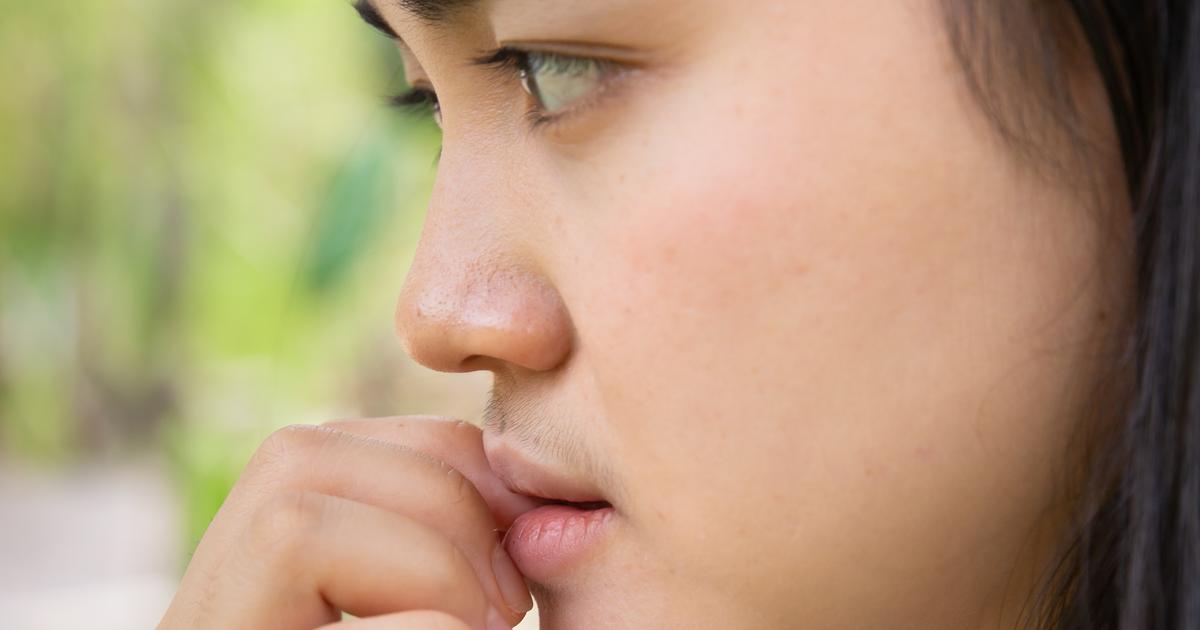Common Causes And Risk Factors For Agoraphobia
Agoraphobia is an anxiety disorder that causes patients to have an intense fear of situations and places in which they might feel helpless, embarrassed, or trapped. Affected individuals might fear situations they anticipate will happen or that have actually happened. There's a common misconception that agoraphobia is a fear of being outdoors, but this is an oversimplification. Different individuals with agoraphobia may be afraid of different situations, and not all of them are afraid of the outdoors alone. Some common situations patients with agoraphobia might fear include standing in line, being in enclosed spaces, being in open spaces, or being in a crowd. The fear in these situations comes from the dread of not being able to escape or seek help if need be.
Different factors and experiences can influence the development of agoraphobia. Learn about them now.
Panic Disorder

Panic disorder is one of the most common conditions individuals have before developing agoraphobia. In fact, the majority of patients with agoraphobia develop it after they've experienced at least one panic attack. The helplessness of the panic attack makes them worry about the possibility of having another attack, especially in situations where they can't get away or get help. It's common for the fear to cause individuals to be so anxious that they have trouble feeling safe when they leave the house at all. A panic disorder is a type of anxiety disorder characterized by sudden and seemingly nonsensical panic attacks. With some anxiety disorders, anxiety attacks are triggered by exposure to certain stimuli or circumstances. But panic attacks in panic disorder patients seem to happen without any cause or reason. Most individuals with panic disorder develop symptoms after they turn twenty years old, but there have been cases in which children have panic disorder. Women are more likely to develop panic disorder than men. Even when agoraphobia doesn't develop, panic disorder can interfere significantly with day-to-day life, so treatment is important.
Read more about the causes and risk factors for agoraphobia now.
Other Phobias

Another common risk factor is having other phobias. Many patients with agoraphobia also have other debilitating phobias that may or may not be related to their agoraphobia. Not everyone with other phobias will develop agoraphobia, and not everyone with agoraphobia has other phobias, but these things tend to coincide. A phobia is a type of anxiety disorder, and it's also among the most common mental illnesses found in the United States. The National Institute of Mental Health has done statistical analysis indicating around eight percent of the population suffers from at least one phobia. Phobias involve intense fear and panic when exposed to certain situations or stimuli an individual is afraid of. The fear always happens in response to the stimuli, rather than occurring spontaneously. Some common symptoms of phobias are being preoccupied with the fear, feeling like you aren't real, trembling, feeling nauseous, and having a fast heartbeat.
Continue reading to reveal more risk factors for agoraphobia now.
Stressful Events

Stressful events and trauma can often contribute to the development of agoraphobia. Sometimes the situations individuals are afraid of will relate to a trauma or stressful experience they had. In addition, prolonged and chronic stress is more likely to result in mental illness. Many patients report they developed agoraphobia after experiencing a life situation in which they felt helpless. For some, this occurred when they had a panic attack in public. Others might have experienced traumatic events like a car crash or a shooting. If they aren't processing their feelings about the trauma, their body and mind may try to avoid any situation that might cause a repeat of the situation. Loss and grief can also contribute to the development of agoraphobia, particularly if individuals feel as though their emotions and lives are outside their control. Some patients develop agoraphobia after experiencing ongoing trauma and stress from living in an abusive environment. Treating the underlying cause of the trauma response is integral to treating the agoraphobia in these cases.
Get more details on the common causes and risk factors associated with agoraphobia now.
Genetics

Genetics seem to play a role in the development of agoraphobia. Individuals are more likely to be diagnosed with agoraphobia if they have a blood relative who also has the condition. If they have a family history of anxiety disorders, even if it doesn't include agoraphobia, they might be at an increased risk of developing agoraphobia despite having no prior anxiety disorder history of their own. According to statistical analysis published in the DSM-5, agoraphobia has a heritability rate of sixty-one percent. Even though the disorder can be genetic, most don't develop symptoms until their late adolescence or early adulthood. They're most likely to see symptoms start between thirteen and thirty-five years old, with seventeen being the average age of onset. If patients have a prior history of anxiety disorders or panic attacks, they're more likely to develop agoraphobia later in life rather than during adolescence. This is because agoraphobia is a very specific fear of specific situations. Before developing agoraphobia symptoms, they might have other anxiety disorder symptoms instead.
Learn more about the risk factors linked to agoraphobia now.
Nervous Temperament

A nervous or anxious temperament might predispose individuals toward developing agoraphobia, though this alone isn't often enough to cause the illness to manifest. 'Nervous temperament' doesn't have any clinical relevance or agreed-upon definition. It tends to refer to individuals who are often anxious and fretful about different things. If individuals tend to worry a lot, experience spiraling thoughts, or get easily overwhelmed, they might have a nervous temperament. Those who experience anxiety strong enough to inhibit their daily functioning or mental well being should talk to a mental health practitioner. They may have an underlying anxiety disorder that should be treated before it leads to the development of phobias. For those whose anxiety isn't at clinical levels, self-care measures and lifestyle changes can sometimes help. Mindfulness and meditation are two of the most popular ways for individuals to calm their mind and get in touch with their feelings.